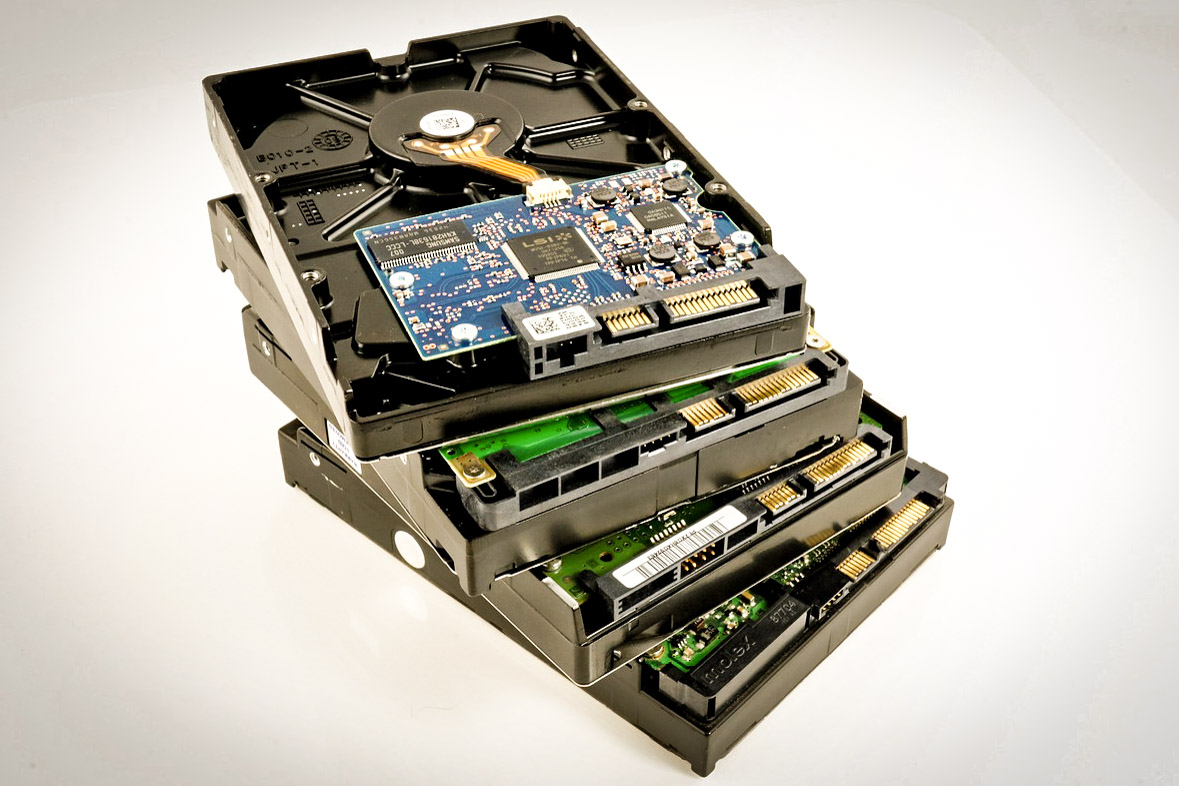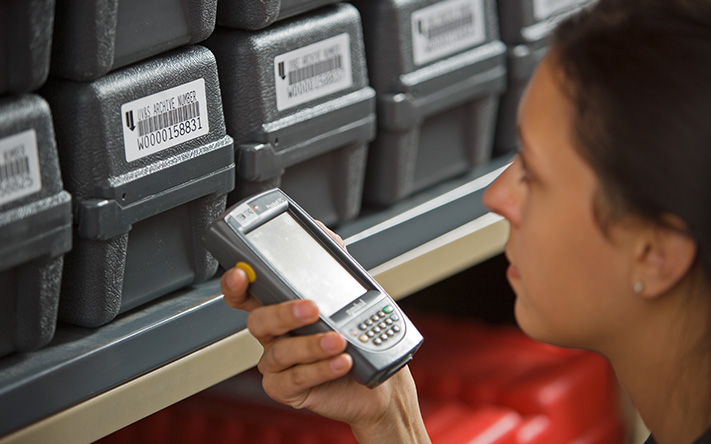Ransomware attacks are a growing threat to businesses and come with devastating consequences. Understanding how ransomware attacks work and how to protect your business is crucial. With cybercriminals constantly evolving their tactics and targeting businesses of all sizes, organizations like yours must proactively safeguard your data and systems. Check out the ransomware survival guide for more information on how you can protect your business against these malicious attacks.
In the eBook, you’ll learn:
- What ransomware is and how it works
- Common types of ransomware
- Best practices to prevent attacks
- How to respond to and recover from an attack
Don’t wait until it happens, learn ways to protect yourself and how to respond now. Read the eBook or contact us to discuss your current strategy and find out if there are additional things you can do to protect your business.
MYTHS
Unfortunately, many companies fall prey to common ransomware myths, which can leave them vulnerable to attacks and unprepared to respond effectively in the event of an incident.
Myth #1: If my business gets hit with ransomware, I’ll pay the ransom and return to business.
Many businesses believe that paying a ransom is the quickest and easiest way to recover encrypted data. However, that’s a dangerous assumption. Paying a ransom does not guarantee that the attackers will keep their word and provide the decryption key. Also, paying a ransom only encourages cybercriminals to carry out more attacks in the future. The best way to protect your business is to have a solid backup strategy and a comprehensive security plan in place.
Myth #2: My backups will get me back up and running if I get hit with ransomware.
While backups are essential to ransomware prevention, it’s a myth that backups will always save the day. Cybercriminals have upgraded their tactics to compromise backup files as part of their attack strategy. With the rise of double extortion attacks, cybercriminals not only encrypt data but also steal it. This means that even if you have a backup strategy in place, your data may still be at risk if attackers threaten to leak sensitive data unless a ransom is paid.
Myth #3: My antivirus software provides complete protection from ransomware attacks.
Antivirus software is essential to a comprehensive defense against ransomware, but it’s not enough. Relying on a single security product to defend against ransomware is a mistake. Implementing a defense-in-depth strategy can help your business build the most robust possible defense.
Myth #4: My business isn’t a target for ransomware attacks.
Many businesses believe that they aren’t a target for ransomware attacks because they’re too small or not valuable enough. The truth is that organizations of all sizes and across all industries have valuable data that cybercriminals can exploit. With the rise of more sophisticated and efficient cybercrime, hackers have expanded their target demographic, making businesses of all sizes prime targets. The best defense is to assume your business is a target and take proactive measures to protect your data and systems.
Or contact us to schedule your free technology review.
 UVSTechnology
UVSTechnology



















